Murder on the Orient Express: The most famous moustaches in film history
Moustaches play a big part in 'Murder on the Orient Express' as Kenneth Branagh's sports dramatic whiskers as Hercule Poirot and Johnny Depp dons a neatly cut one as Ratchett. So are they coming back into fashion?
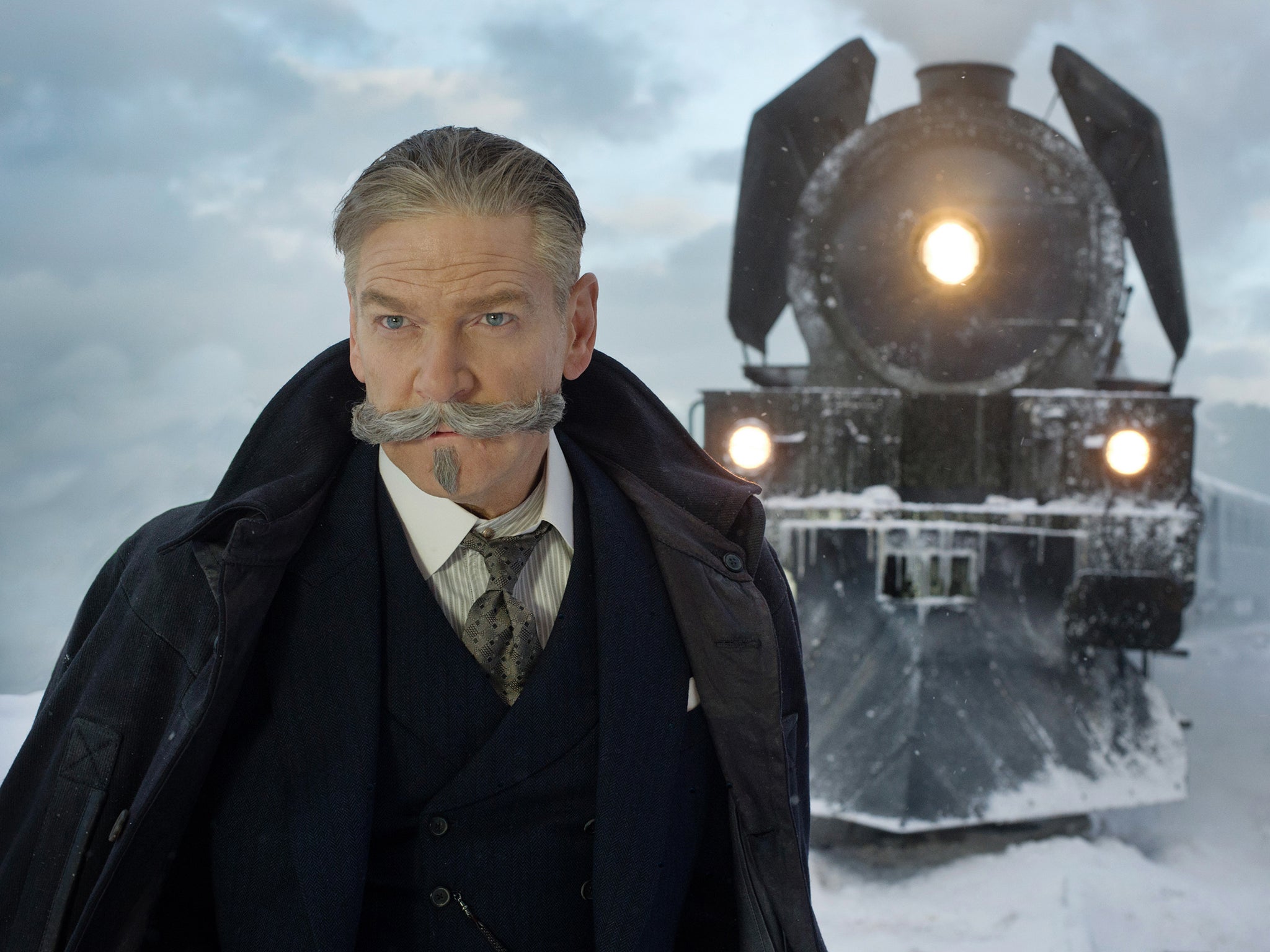
Your support helps us to tell the story
From reproductive rights to climate change to Big Tech, The Independent is on the ground when the story is developing. Whether it's investigating the financials of Elon Musk's pro-Trump PAC or producing our latest documentary, 'The A Word', which shines a light on the American women fighting for reproductive rights, we know how important it is to parse out the facts from the messaging.
At such a critical moment in US history, we need reporters on the ground. Your donation allows us to keep sending journalists to speak to both sides of the story.
The Independent is trusted by Americans across the entire political spectrum. And unlike many other quality news outlets, we choose not to lock Americans out of our reporting and analysis with paywalls. We believe quality journalism should be available to everyone, paid for by those who can afford it.
Your support makes all the difference.They are huge and you could be forgiven for thinking they have a life of its own. They arrive in the railway carriage long before he does. They give his face a look resembling that of Lord Kitchener in the famous “Your Country Needs You” recruiting poster from the First World War. We are talking of the voluminous whiskers worn by Kenneth Branagh in his role as Hercule Poirot in the new film version of Murder On The Orient Express (which arrives in British cinemas on 3 November after a world premiere in the unlikely setting of the Royal Albert Hall in London).
Branagh not only stars as the Belgian detective; he has directed the new Agatha Christie adaptation. After years in which male screen actors have foresworn facial hair, moustaches are returning in earnest in the film. They’re back on screen in every shape and size.
Cultivating these bristles was no easy matter. Carol Hemming (chief make-up artist on the film) oversaw the growing and application of the moustaches. “The first port of call was Agatha Christie herself,” Hemming explains. Before production began, she went through all of Christie’s Poirot novels looking for every mention of the detective’s upper lip. Her starting point was a passage in Christie’s 1969 novel, Hallowe’en Party.
“There was only one thing about his own appearance which really pleased Hercule Poirot, and that was the profusion of his moustaches, and the way they responded to grooming and treatment and trimming. They were magnificent. He knew of nobody else who had any moustache half as good,” Christie wrote. In Dumb Witness, the crime novelist described Poirot’s moustache as being “positively exotic”. In Dead Man’s Folly, it was referred to as “enormous”.
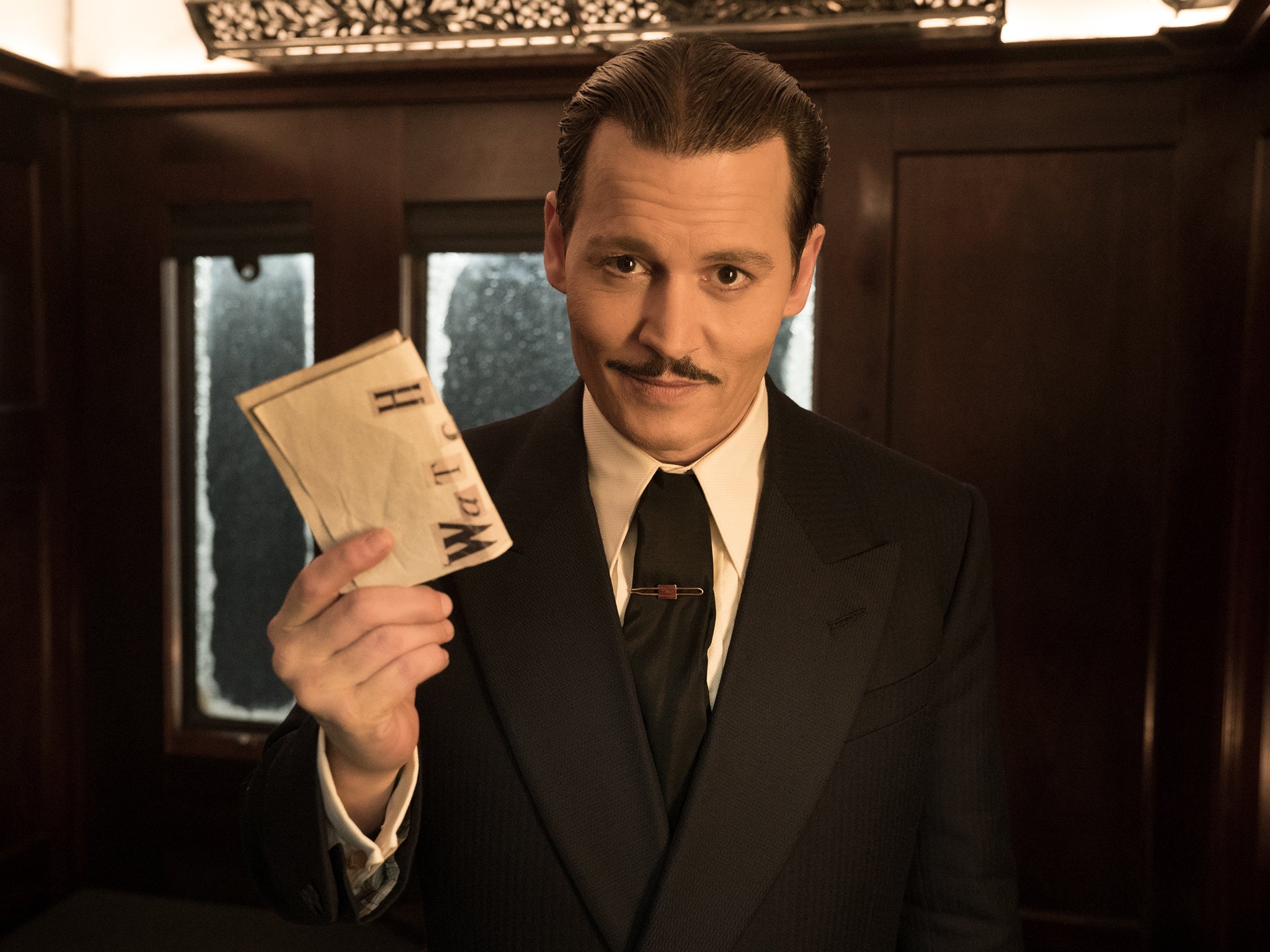
With the author’s descriptions in the back of her mind, Hemming was determined that Branagh’s Poirot would have more extravagant whiskers than those found above David Suchet’s lip in TV’s Poirot or the relatively modest moustaches worn by Albert Finney and Peter Ustinov in some of the earlier film adaptations of the Christie novels.
“What became clear was that the moustache was not just about his vanity but about his effect on other people, putting them off guard, making him a figure of intrigue and making them under-estimate him possibly,” Hemming says. In the build-up to shooting, she had a life cast made of Branagh’s head so she could work on finding the best moustache to fit his face.
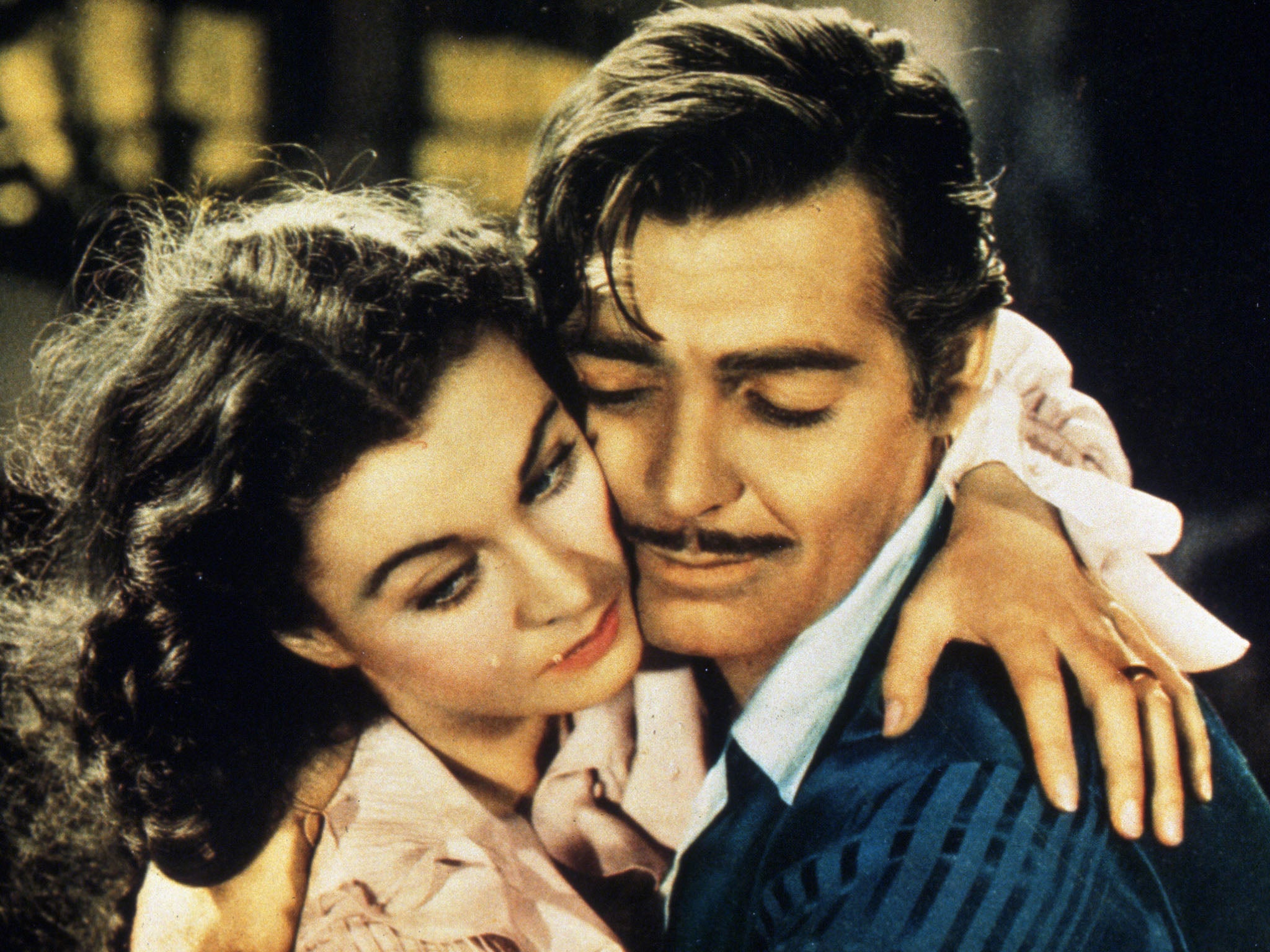
It’s not just Branagh who wears whiskers in the new version of Orient Express. Playing the ne’er-do-well gangster type, Johnny Depp has a very sleek, neatly cut moustache which makes him look like a dashing movie star from the silent era – Douglas Fairbanks perhaps or John Gilbert. The character actors boast their share of facial hair too. As the valet Edward Masterman, Derek Jacobi has a greying growth beneath his nose which gives him a very lugubrious air. Josh Gadd’s Hector MacQueen goes for the Chaplin effect. Leslie Odom as Dr Arbuthnot goes for a discreet slither.
As Hemming acknowledges, moustaches like these aren’t at all commonplace in contemporary movies – with the exception of a few including Brad Pitt’s in Inglourios Basterds. We’re in an era of smooth faces and designer stubble at best. Sean Connery might have worn big whiskers in a sci-fi movie like Zardoz or a period piece like The Man Who Would Be King, but it would be unthinkable for him to be anything other than fully clearly shaven as James Bond.
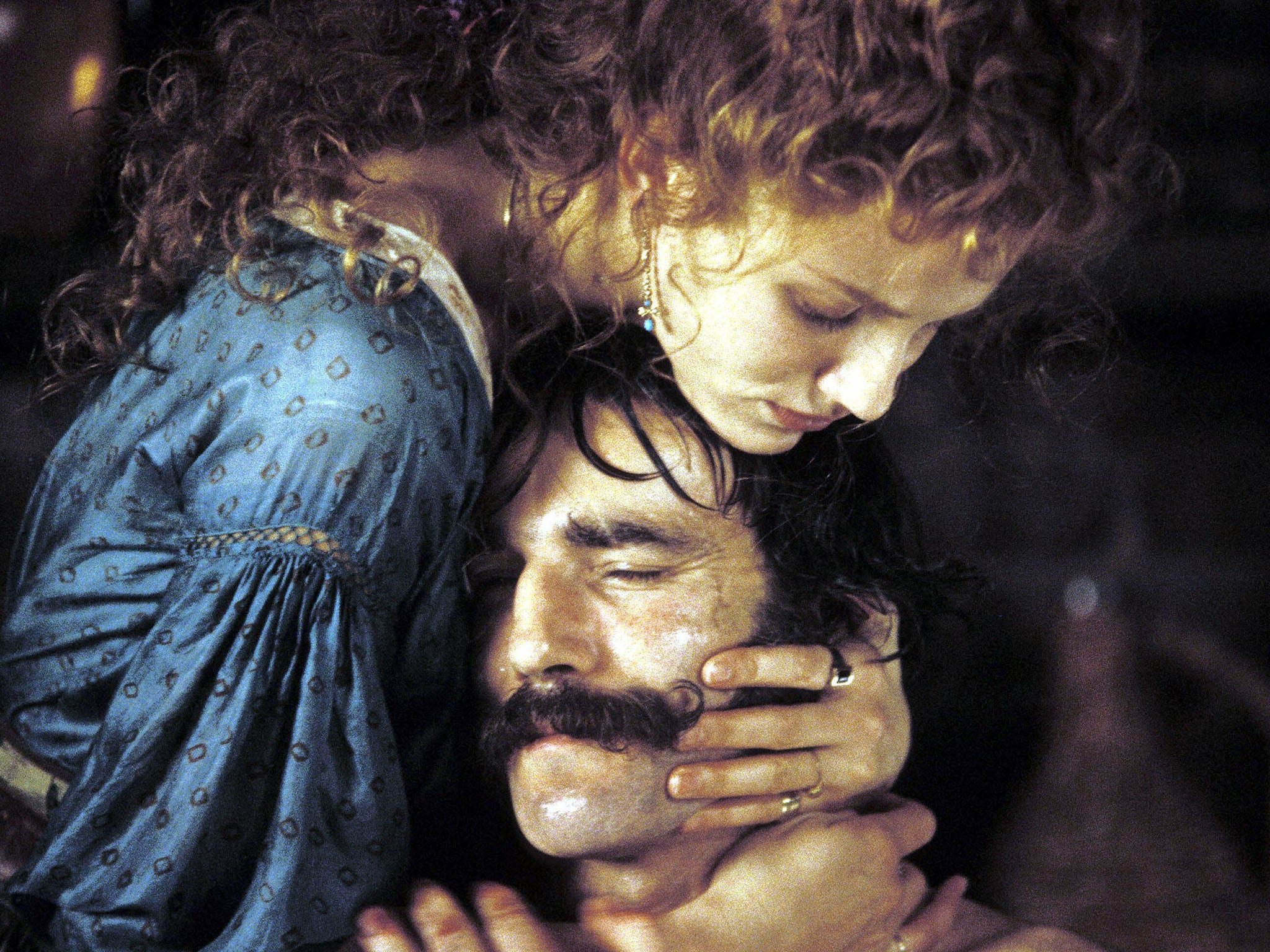
It is hard to pinpoint the precise moment at which the moustaches began falling off movie stars’ faces. Before the Second World War, they were utterly commonplace. Errol Flynn, Clark Gable, Ronald Colman, Chaplin and David Niven and many others wore them as a matter of course.

Watch Apple TV+ free for 7 days
New subscribers only. £8.99/mo. after free trial. Plan auto-renews until cancelled

Watch Apple TV+ free for 7 days
New subscribers only. £8.99/mo. after free trial. Plan auto-renews until cancelled
In the Fifties, though, a new generation of method stars emerged who clearly preferred to keep their faces clear of foliage. Marlon Brando may have tashed up to play the Mexican revolutionary leader in Viva Zapata but even at his most feral and rebellious, in The Wild One or A Streetcar Named Desire, he generally found time to shave. The same applies to James Dean and Montgomery Clift.
A generation later, Paul Newman and Steve McQueen went for the close shaven look. So have more recent stars like Tom Cruise, Hugh Grant, Denzel Washington, Matt Damon and Andrew Garfield. Daniel Day-Lewis whiskered up in My Left Foot and wore moustaches that would have made Poirot proud in The Gangs Of New York and There Will Be Blood was well as some goat-like growth in Lincoln but he is much a character actor as a conventional star. The facial hair helps him disappear into his roles.
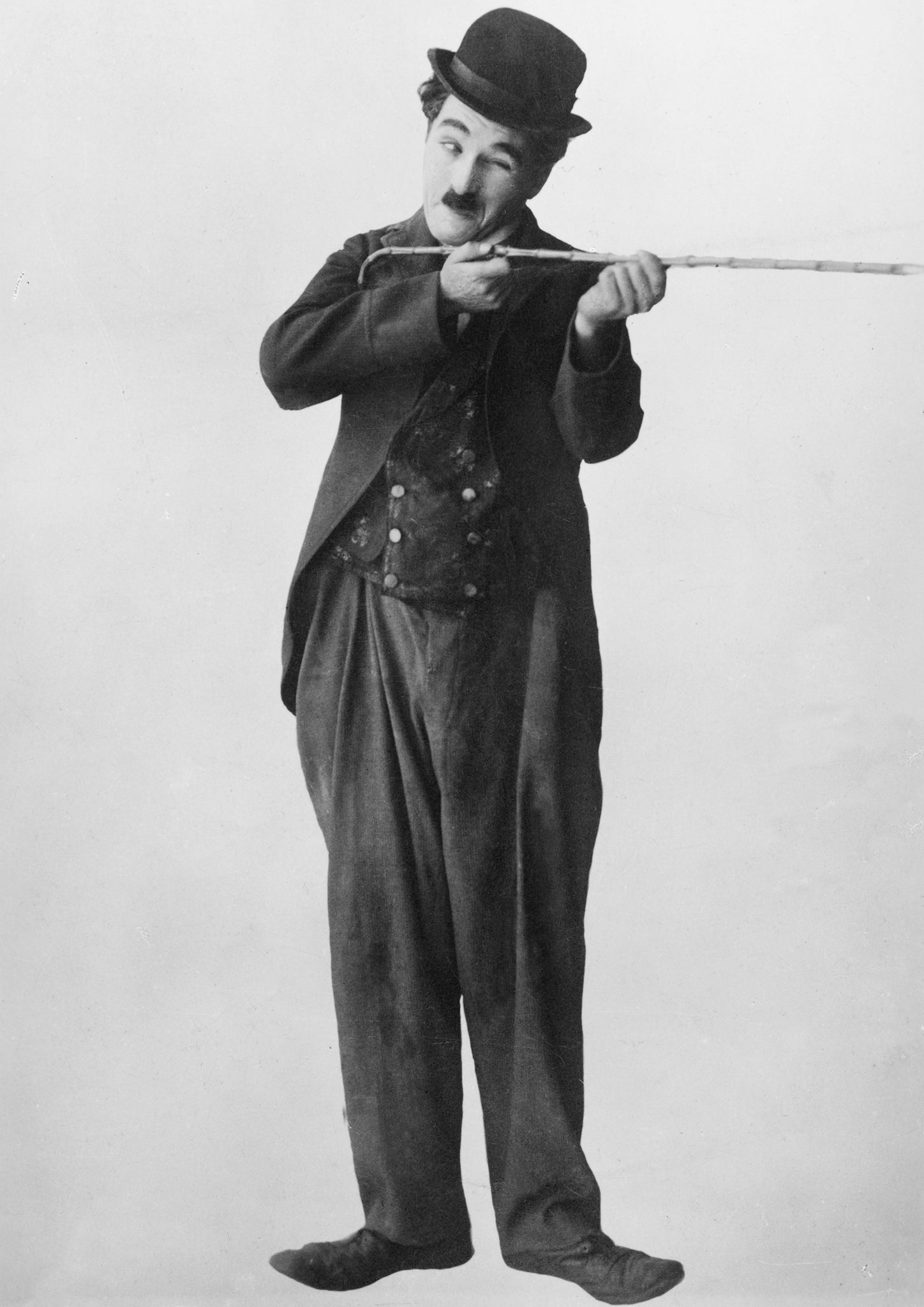
Since the 1940s, British cinema has often used moustaches for comic purposes. The cads and the bounders tended to have them. Terry-Thomas wouldn’t be seen without his in screen comedies of the 1950s and 1960s. Critics referred to the “magnificent masher” of a moustache that character actor Guy Middleton wore in the Belles Of St Trinian’s. A dashing RAF pilot or a senior military commander might still have one but a younger generation shunned them.
Carol Hemming worked many times with James Ivory on period films like The Bostonians, Howard’s End and Remains Of The Day. “He [Ivory] had an astonishing eye and a nose for period reference,” she says. In the Merchant-Ivory films, the “moustache did crop up from time to time, in a specific way and with a specific attitude”.

Tom Selleck apart, the Eighties and Nineties were a period in which no leading movie stars would wear a moustache as a matter of course, Facial hair only came out for period pictures or stylised romps. It was perfectly acceptable for Johnny Depp to have braids and a beard as Jack Sparrow in The Pirates Of The Caribbean films but Hugh Jackman’s werewolf-like sideburns in X-Men apart, superheroes have shunned whiskers. You won’t find them on Thor or Captain America or Spiderman or the Hulk.
Hemming believes that as moustaches grow more popular again in society as a whole, movies will again start to feature them more prominently.
“Moustaches have become fashionable again and there’s some wonderful facial hair out there. We were able also to look at moustaches now and the way people were going back to using pomades and trimming,” she says of the way Murder On The Orient Express refers to contemporary as well as historical male grooming traits. “There are so many men now with beards and so many men with magnificent moustaches. I think it is about time. It always seemed to me that the women got a lot of pampering and attention but the men not so much”
Hemming arranged for a barber to be on set during shooting of Orient Express so that the actors could be shaved with a cut-throat razor every day. “I didn’t know if they liked it but they loved it.”
The moustaches Poirot wears, which were made with cashmere, mohair and some of Ken’s real hair, have already received the blessing of Christie’s grandson, Matthew Pritchard.
Poirot’s voluminous whiskers aren’t just there for show. They tell us about his character as well. They are in the shape of a heart and are meant to convey the Belgian’s passion for his detective work. If the film is a success, it may well usher in a brave new era in male grooming in Hollywood in which performances will be judged not just on voice and movement but also on what is worn between the nose and the top of the upper lips.
‘Murder On The Orient Express’ is released on 3 November
Join our commenting forum
Join thought-provoking conversations, follow other Independent readers and see their replies
Comments